Marcos Senior, the marksman who didn't want to kill
And the lessons he taught young Bongbong
At A Glance
- When one of the children, on vacation from school abroad, could not recall what a water buffalo looked like, PFEM was shocked, which prompted him and the First Lady to drop everything to take them to the nearest kalabaw.
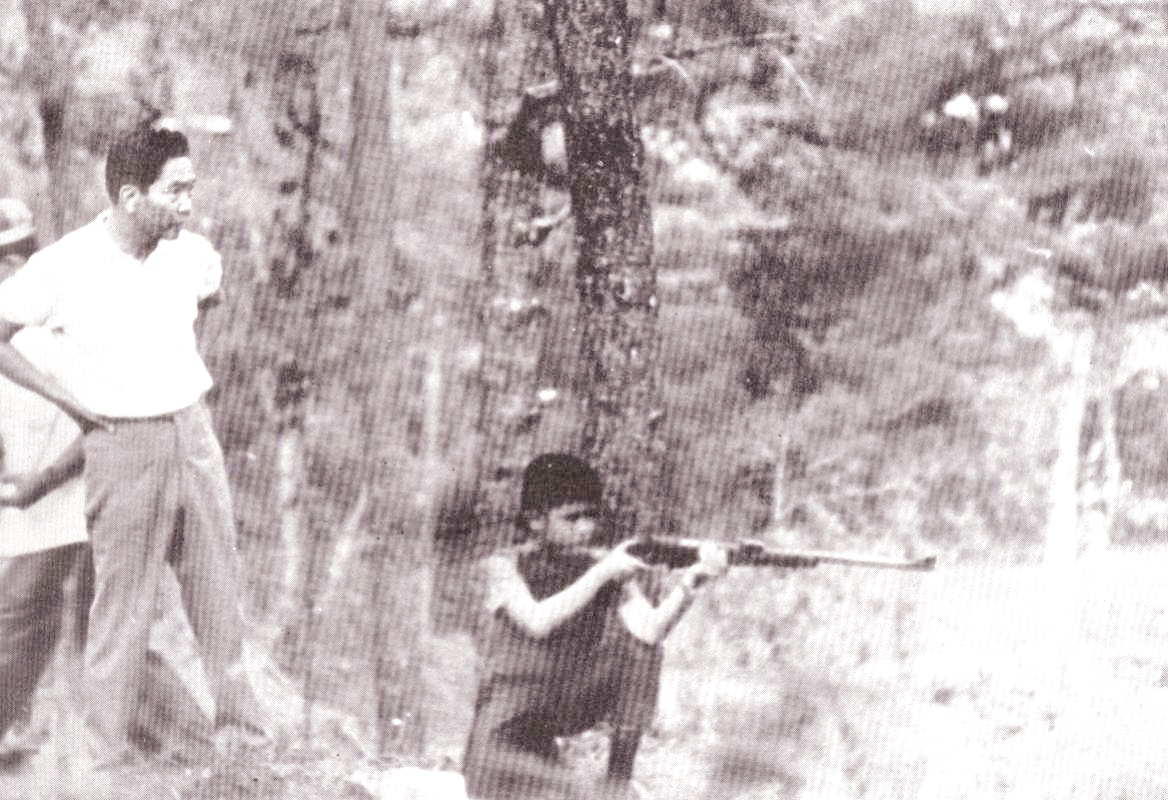
I take great joy in being able to connect the dots, especially when doing research. In my past articles, I have written about the work I accidentally found myself immersed in over the past years, salvaging documentary evidence for the legacy of my uncle, the late President Ferdinand E. Marcos (PFEM), and his wife.
First it was clothes (ternos and barongs), then old photographs, books, then video and audio reels, and so on and so forth. It is not surprising to be able to match written evidence to video and audio evidence along the way. I’ve encountered many but this instance opened a new way to date photographs that had been classified for the moment as “no context” because we don’t know when it was taken and where.
I have sorted and classified thousands upon thousands of old photographs of PFEM’s life and family. Strangely enough, I can recall most of them. After, all photos taken during his time were all analog. Unlike today, when digital format provides us with limitless shots and space, back then one shot was all you got, unless you were willing to pay for reshoots. Photographers then were more diligent before clicking the camera. And this diligence often paid off with wonderful and memorable photographs.
The series of photographs I am referring to in this article are those taken of PFEM and his teenage son, now President Bongbong R. Marcos (PBBM), who was home from school in the UK. PFEM often mentioned in his impromptu speeches and diary entries how he would plan vacations with his children home from school so they would not forget where they came from. When one of the children, on vacation from school abroad, could not recall what a water buffalo looked like, PFEM was shocked, which prompted him and the First Lady to drop everything to take the children to the nearest kalabaw they could find.
But I digress, the series of photographs I encountered a year ago showed father and son by a lake somewhere in the province. Both were relaxed in the photos, where they were with a bevy of ducks swimming, waddling, or dabbling in the water. I didn’t know where and when the photos were taken when I first saw them, but recently, I found the diary entry of PFEM referring to this day.
Malacañan Palace
Manila
11:55 p.m.
April 2, 1970,
Thursday
“I have found a place where Bongbong can go hunting. This is the hacienda of Luis Gonzales, one of which has been bought by Cong. David Puzon. There is a lake full of ducks and to the east he can hunt deer and wild pig on a drive (unintelligible). Incidentally the Gonzales Hacienda of 3,000 hectares is near the Madrigal hacienda, which are both at Luwain, Kalinga-Apayao. We passed it by helicopter on the way from Isabela to Tabuk. But Bongbong will have to watch out for malaria.”
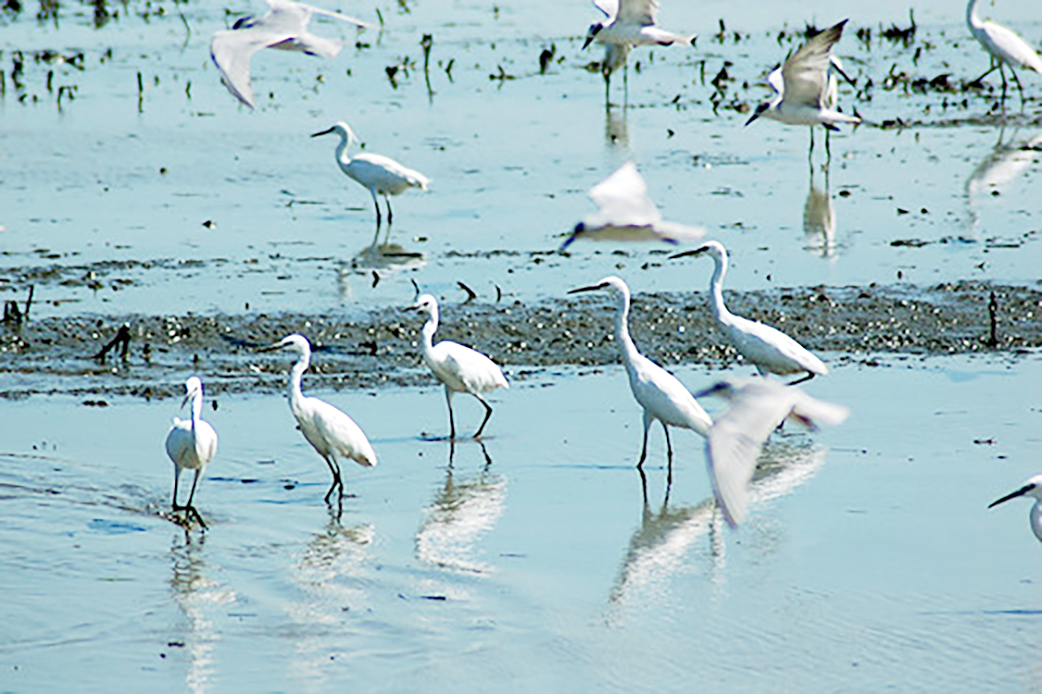
What I found surprising about my late uncle was he was an excellent marksman and taught PBBM how to shoot but after the war (WWII) he avoided picking up a gun to hunt altogether. I later found out why.
In 1989, in his eulogy at his father’s funeral mass at the Co-Cathedral of St. Therese in Hawaii, PBBM said, “It is in the nature of moments such as this that one picks out particular memories of a loved one that serves to illustrate the relationship between two people.” He added that to pick such moments was difficult because “all our time together was uplifting, enlightening, and enriching, so choosing is hard.”
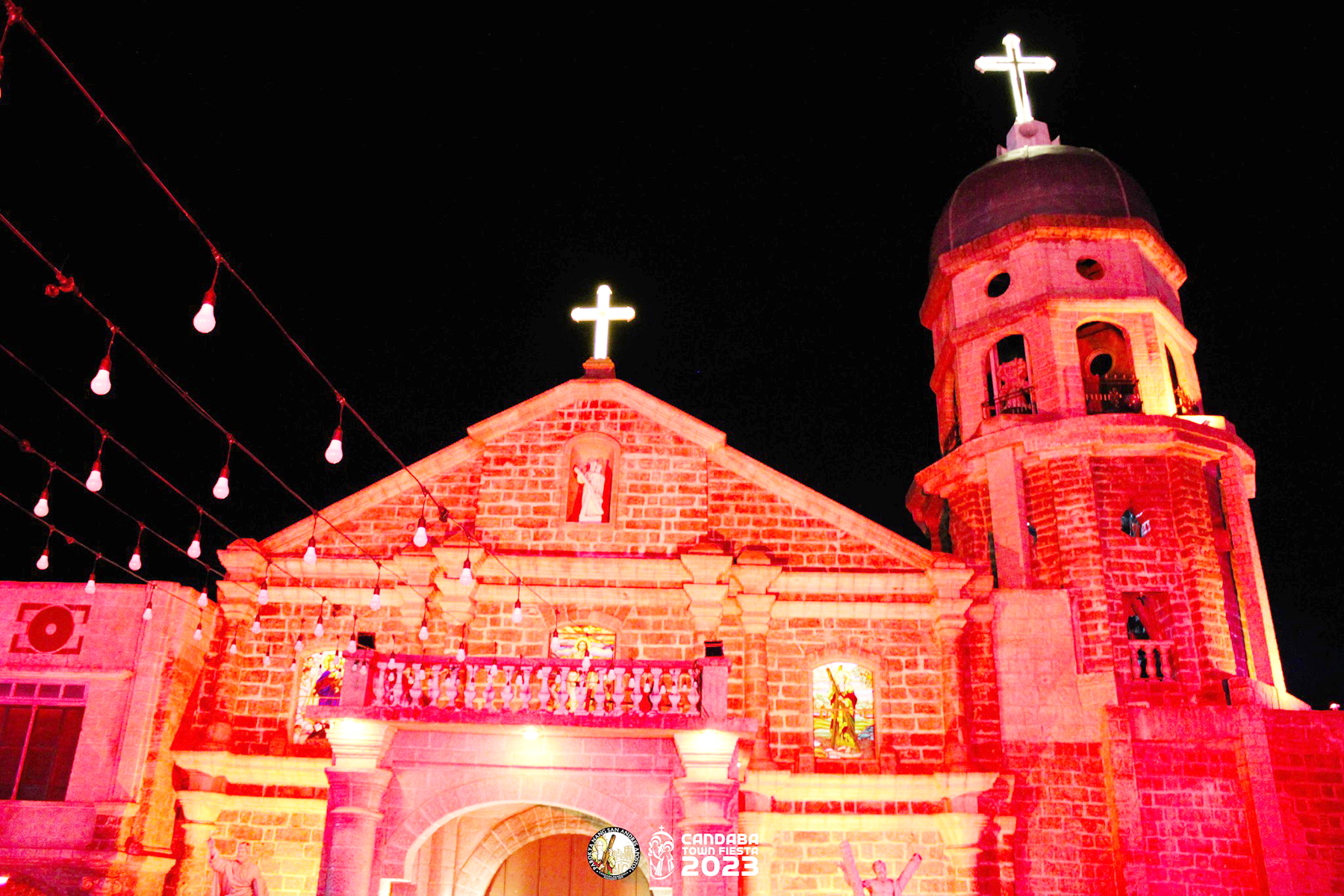
He did manage to pick a few and told those present at the funeral mass: “I will always remember him as a warrior poet. I had, as a child seeing him and his friends practice their shooting, constantly nagged him to teach me. Finally, the day came and he began instructing me the intricacies of marksmanship. Years later, I was pronounced by him to be sufficiently schooled and ready for a hunt. I naturally assumed he would accompany me and guide me through that experience as well. When I discovered this was not to be, I asked ‘Why?’ He explained, ‘I have seen too much killing in my lifetime and my heart could not bear the thought of a single death by my hand.’ ‘Then why,’ I asked, ‘did you teach me to shoot?’ ‘Not to kill,’ he answered, ‘but so you would learn discipline and gain the self-confidence and satisfaction of doing something difficult, well.’”

Speaking of lakes and birds, for the past so many years I have been invited by my BFF Rhayan Gatbonton Melendres, who is soon to earn his PhD, to their hometown fiesta in Candaba, Pampanga. I was unable to attend, but I was so curious about it I started to read up on the fiesta of San Andres Apostol, the patron saint of Candaba.
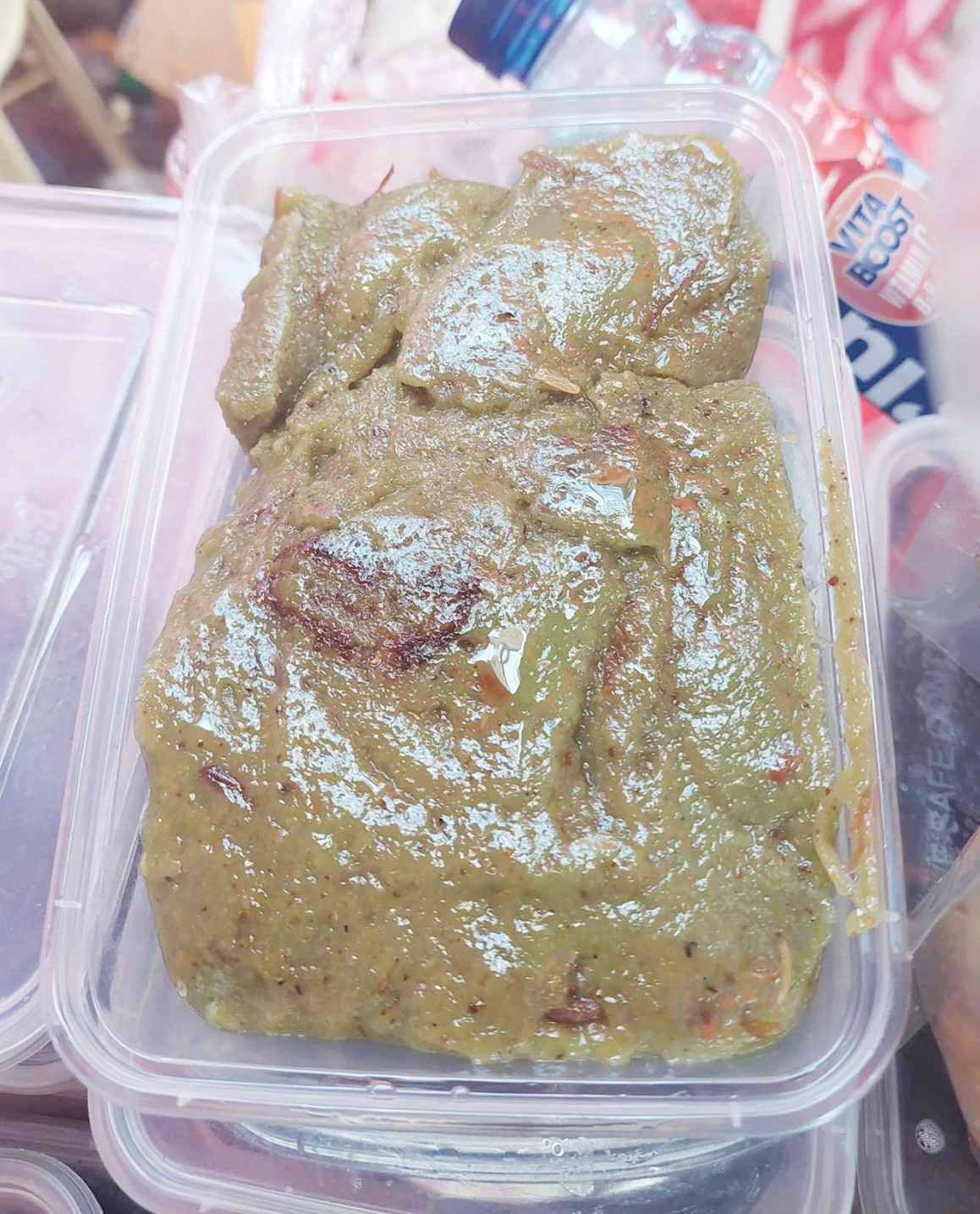
Candaba is also where the Candaba Swamp is located. Considered to be the most important among the wetland areas in the country, the swamp is known for its rich biodiversity. It’s a haven for both local and migratory birds from Siberia and China during the winter months, making it a go-to destination for birdwatchers and nature lovers. Some of the bird species found in Candaba Swamp are egrets, herons, and ducks.
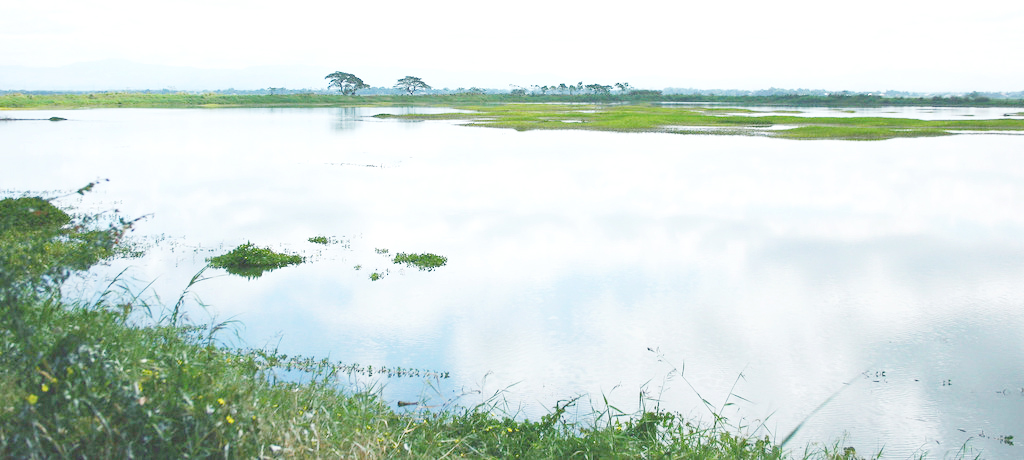
Rhayan has tried to lure me to visit his town during fiesta with promises of “the green gold” of Pampanga or duman. He described duman as a kakanin, green in color because the rice is harvested before its time. Making it is so laborious yet so worth it. The duman rice has a wonderful aroma, much like the pinipig. You can also munch on it like it were nuts. The duman rice kernels are pounded with giant wooden mortars, a tradition only kept alive as long as people continue to enjoy the kakanin.

While reading up on Candaba, I also came across an African American soldier by the name of David Fagan, who was involved in the Philippine-American War (1899-1902). He joined the Buffalo soldiers’ part of four regiments consisting of black soldiers under the command of white officers. After a stint in Cuba, the Buffalo soldiers were sent to the Philippines to fight against Emilio Aguinaldo’s forces in Pampanga. Fagan defected to the Philippine Revolutionary Army.
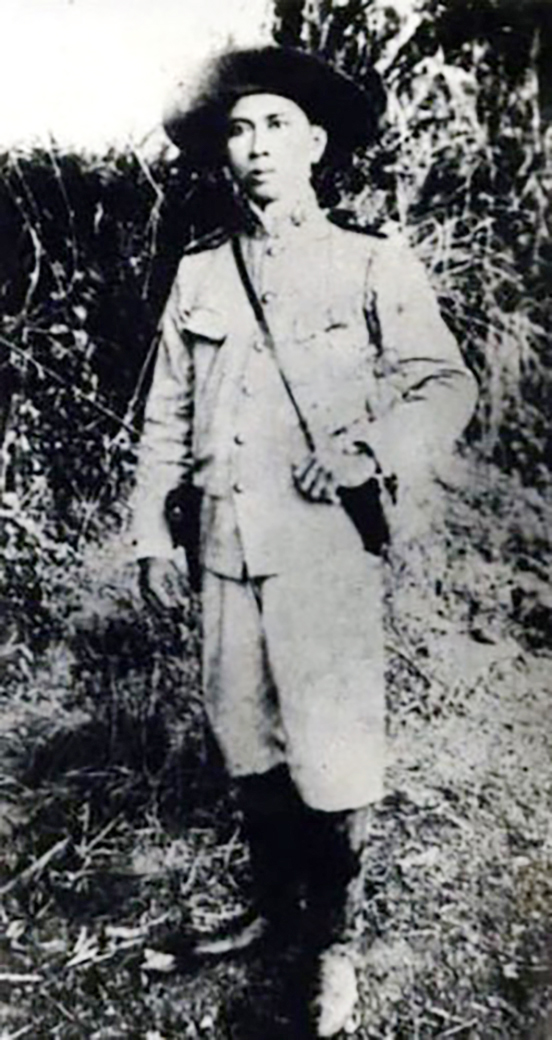
With his army training, he would prove invaluable to the guerrillas under Filipino General Urbano Lacuna. Although Fagan was given the rank colonel, his bravery and exploits became legendary. The Filipinos started calling him General Fagan.
Little is known about his death. Some say, he was beheaded as there was a bounty on his head. Other reports say he married a local and died a few years later. Fagan’s decision to switch sides has always been tackled by academics. Some say Fagan may have been influenced by various factors, including his disagreement with American imperialistic policies, his resentment of racial discrimination within the US military, and his affinity for the Filipino people’s struggle for independence.